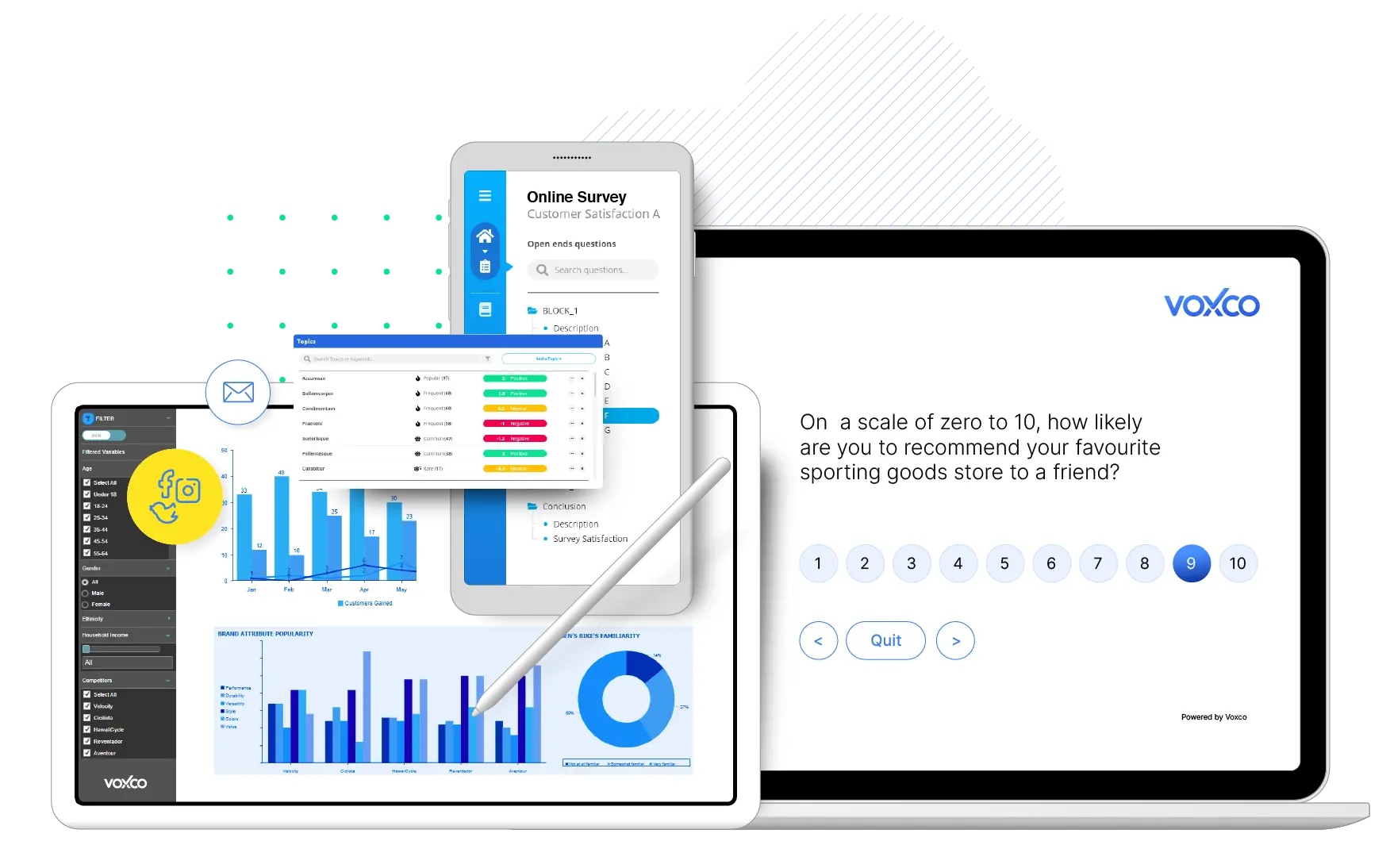Benefit Segmentation Definition in Business

5 Real-Life Examples of Benefit Segmentation
Table of Contents
What is Benefit Segmentation?
Benefit segmentation is a method of market segmentation that involves segmenting your market based on the perceived value or advantages that consumers believe they will receive from your product. This can involve categorizing consumers based on perceived benefits such as quality, features, customer service, etc.
Different customers look for different benefits while purchasing a product. By understanding what different customer segments want from your product, you can tailor your positioning strategies for your target segment(s).

Examples of Benefit Segmentation
To get a better understanding of benefit segmentation, let's look at a few examples of it:
Toothpaste Companies
Toothpaste companies target different customer segments based on the different benefits they are looking for from their toothpaste. Brands like Colgate and Pepsodent create a range of toothpaste including those that are made for aesthetic benefits, such as whitening, and those that are made for health benefits, such as improved gum health. These companies will tailor their product lines and their marketing strategies to target different customer segments. By studying the characteristics of those who purchase whitening toothpaste, and those who choose gum care toothpaste, they can determine what strategies will effectively target each segment.
Athletic Footwear Companies
Athletic Footwear Companies can segment their market based on the different benefits their consumers want to avail from their shoes. People who play football may have different shoe preferences based on where they play the sport. Those who play football in indoor courts will want shoes that have indoor soles that are made up of non-marking rubber. These soles are flat with grooves, fit for hard wooden floors.
On the other hand, those who play football on grass pitches will require firm ground boots that provide grip on grass pitches.
Mobile Phone Manufacturers
Benefit segmentation can be used to address the different segments within the market for mobiles by the kind of benefits consumers are looking for. Some consumers want phones with good cameras, some want phones that are a status symbol, and some may simply want phones that satisfy the core functions of a mobile. Each one of these customer segments has to be targeted uniquely. Customers who want a phone as a status symbol will want a high-end, luxurious, and expensive product. On the other hand, those who simply want a phone to satisfy core functions such as calling and messaging will want a phone that is inexpensive and practical. Therefore, different phones will have to be positioned differently based on the customer segments that are targeting.
Skincare Brands
Skincare brands often keep different customer needs in mind while targeting different segments. Different skin care products target different skin problems, such as signs of ageing, hyperpigmentation, dark circles, pimples, dryness, uneven skin tone, and so much more. Customer segments that want anti-ageing products will want to purchase creams and serums that target wrinkles, skin-sagging, and fine lines. Customer segments that want to get rid of their undereye bags or undereye discolouration will want eye creams that target these issues and fix them.
Car Companies
Car companies can use benefit segmentation to position their vehicles within the market. Different customer segments want different cars based on their benefits. These benefits can include:
- Adaptability to rough and difficult terrain
- Family cars
- Status symbol
Adventurous customers that often take trips to places with rough terrain will want a car that is tough, durable, and highly shock-resistant. New parents will want cars that are suited to their family and therefore must be able to accommodate more than two passengers, and must be safe. Customers that look at their car as a status symbol may want something pricey and luxurious, that stands out from the average car on the road.
Each one of these customer segments will have to be targeted uniquely by positioning the cars in a way that resonates with each segment.

FAQs on Benefit Segmentation
Benefit segmentation can segment customers in a number of ways, including but not limited to, perceived benefits such as customer service, quality, and special features.
Some prominent advantages of benefit segmentation are:
- Reduced churn rate : By effectively addressing the benefits your customers are looking for, they will continue to purchase from your organization.
Increased customer engagement : Benefit segmentation allows you to effectively capture the attention of your target segments, increasing engagement.

Benefit Segmentation Definition in Business
Source: https://www.voxco.com/blog/5-real-life-examples-of-benefit-segmentation/